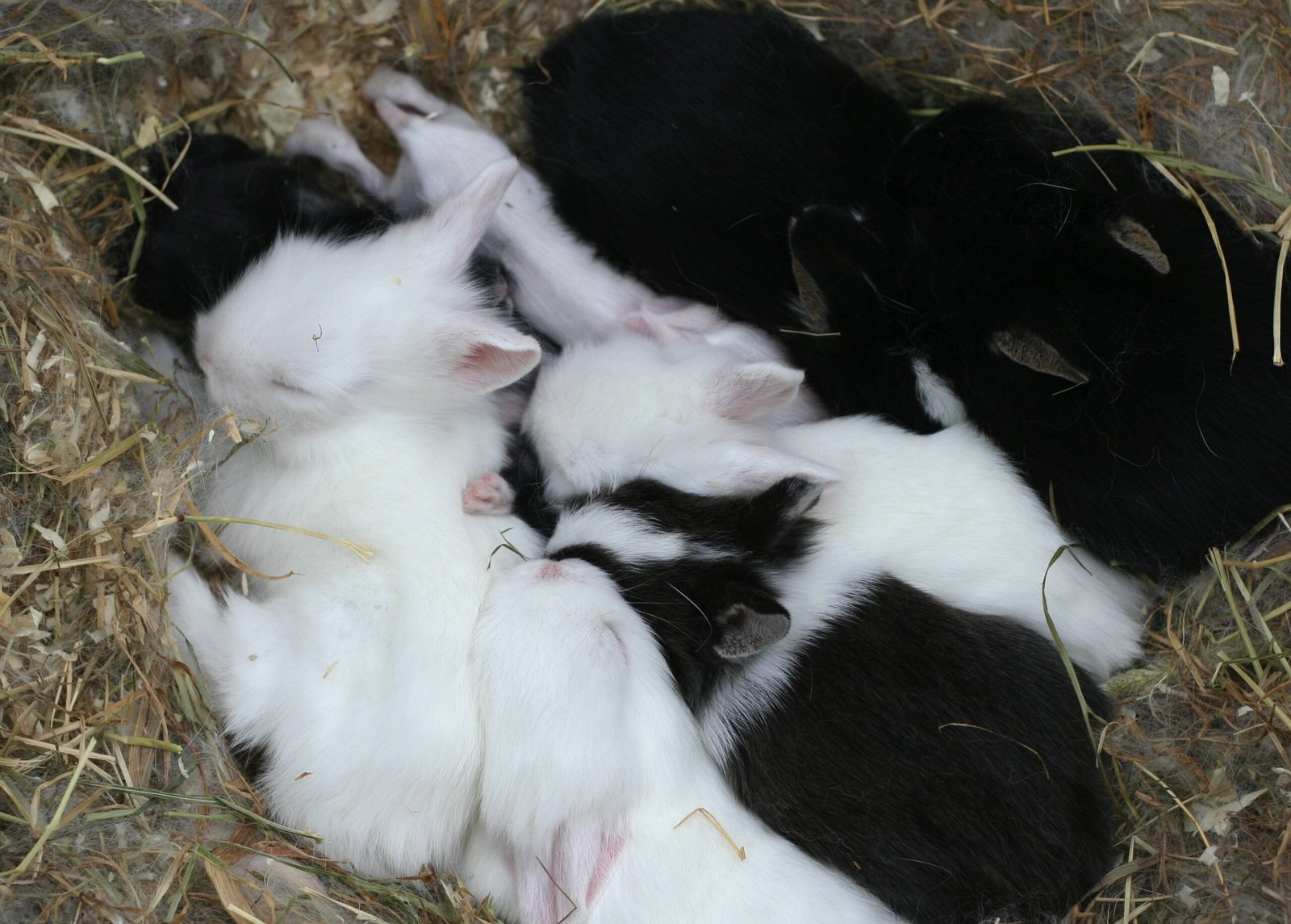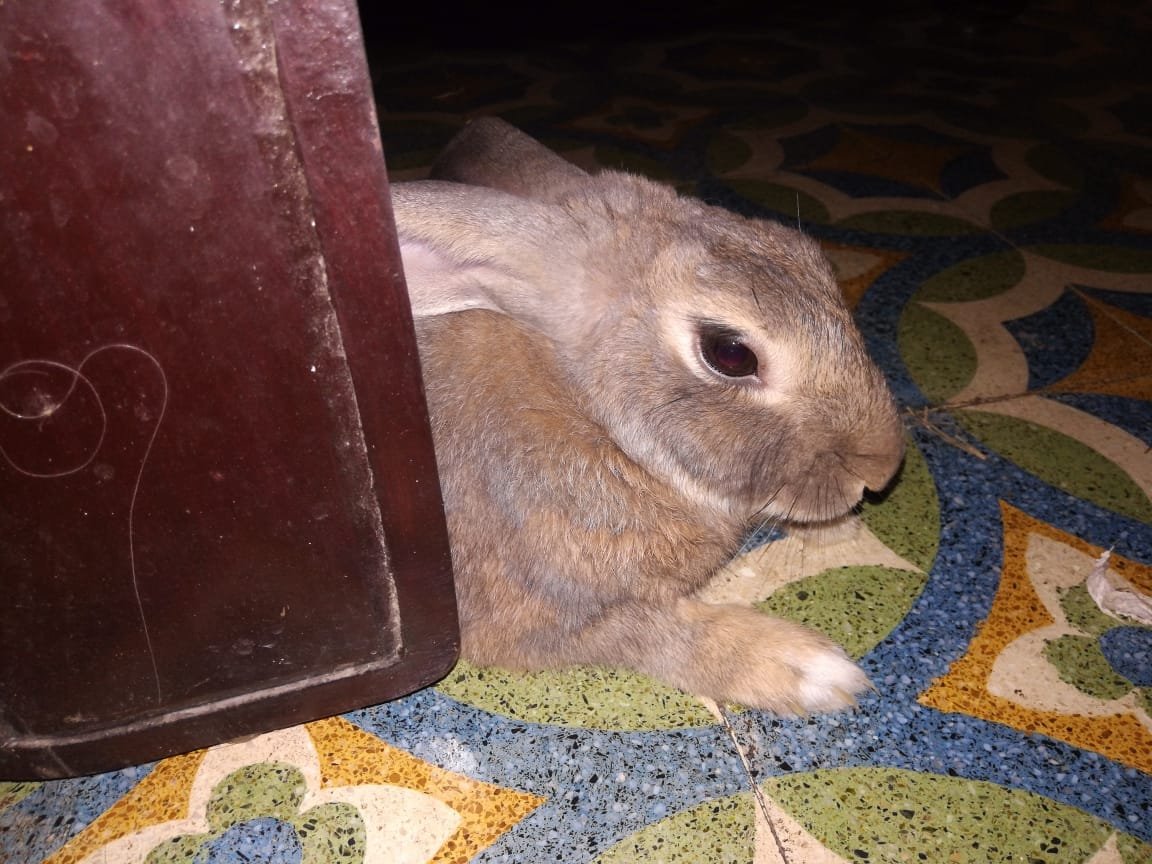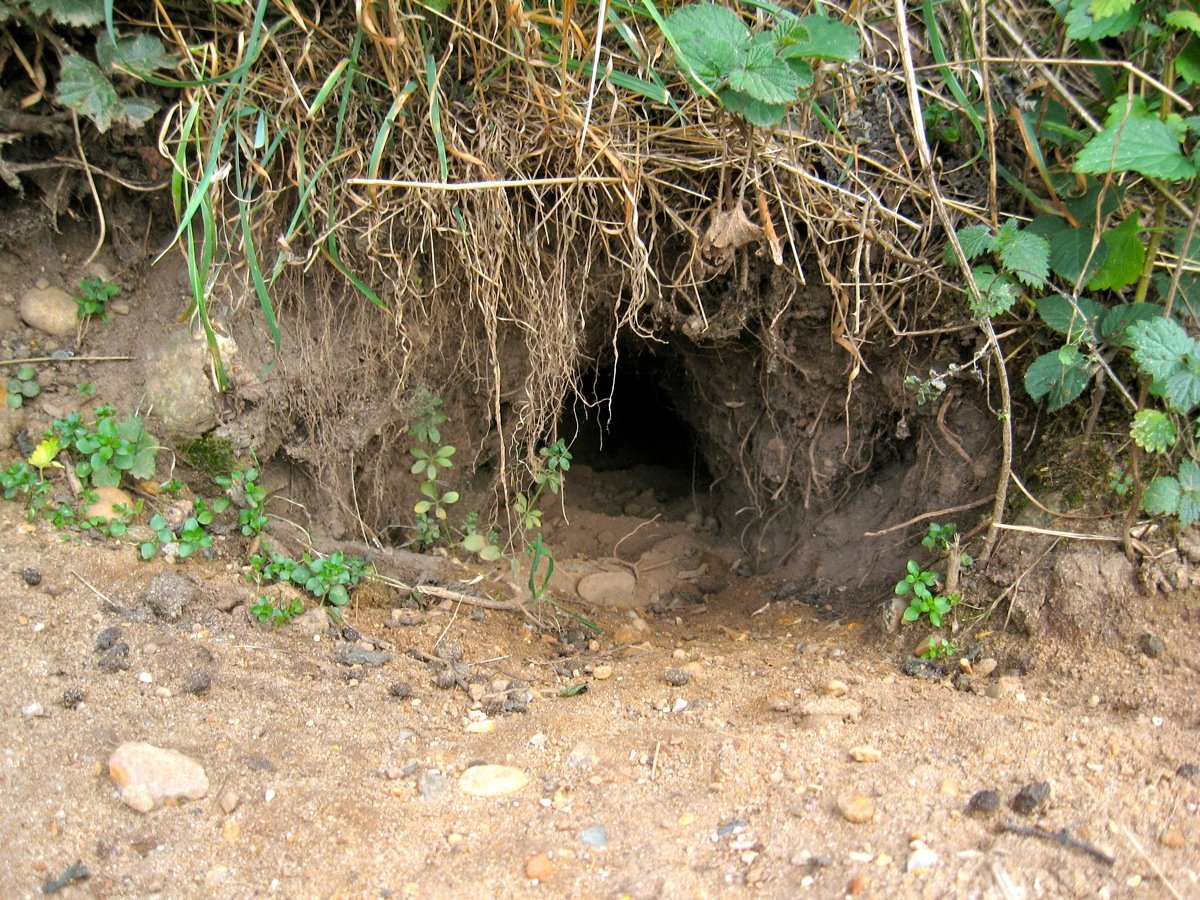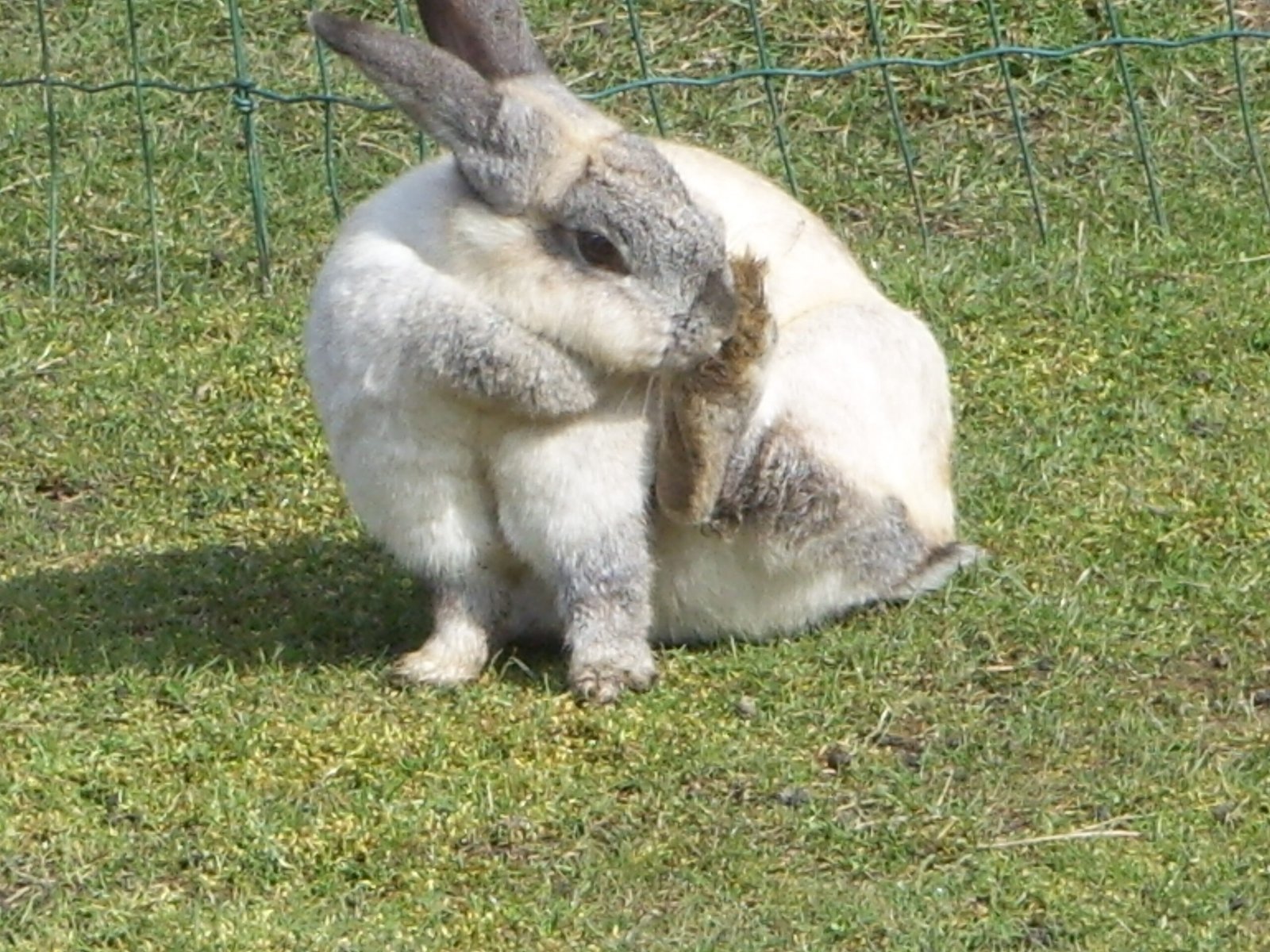Have you ever caught a rabbit leaping high into the air, spinning with wild abandon, or freezing in absolute stillness for minutes on end? For anyone who’s spent time with rabbits, their mysterious and sometimes hilarious behaviors can be both bewildering and heartwarming. These gentle creatures communicate through a secret language of movements, sounds, and postures that reveal their inner world. Whether you’re a passionate pet owner, a nature lover, or just curious about these enchanting animals, understanding rabbit behaviors can open a whole new window into their lives—and maybe even your own. Dive in and discover what your floppy-eared friend is really trying to tell you.
Binkies: The Dance of Pure Joy
A binky is a sudden leap and twist in the air, often leaving onlookers both surprised and delighted. When a rabbit performs a binky, it’s not just showing off—this is the ultimate sign of rabbit happiness and excitement. Imagine a child bursting out in spontaneous dance when they can’t contain their joy; that’s what a binky is for a rabbit. You’ll often see binkies after a tasty treat, during playtime, or when your bunny feels safe and content. It’s a contagious display of energy that’s almost impossible not to smile at. If your rabbit binkies around you, consider it a sincere compliment. It means your furry friend is truly at ease.
Thumping: Warning Signals from the Wild
When a rabbit thumps its powerful hind legs against the ground, it’s sending a clear message—danger is near. In the wild, thumping warns other rabbits of predators like foxes or hawks. At home, a rabbit might thump if it hears a loud noise, senses a strange smell, or simply feels uneasy. This behavior is deeply rooted in survival instincts. Some pet rabbits even thump to get attention or express irritation, almost like a toddler stamping their foot in protest. The sound is surprisingly loud for such a gentle creature, and it can startle anyone unfamiliar with rabbit language.
Nudging: A Gentle Request
When your rabbit nudges you with its nose, it’s making a polite request—or sometimes a not-so-subtle demand. Nudging can mean, “Pet me, please,” or “You’re in my way.” It’s a rabbit’s way of testing boundaries and communicating needs, much like a dog pawing at your hand. Sometimes, a bunny will nudge objects or even other animals to explore its environment or assert dominance. Pay attention to the intensity and context—soft nudges are often affectionate, while harder ones might mean your rabbit wants you to move aside. Either way, it’s a sign of trust.
Flopping Over: The Ultimate Sign of Trust

Few things are as charming as seeing a rabbit suddenly flop onto its side, legs stretched out and eyes half-closed. This dramatic gesture signals that your rabbit feels completely safe. In the wild, lying exposed would be risky, so a flop is a sign of deep comfort and relaxation. It’s their way of saying, “I trust you and this space.” Sometimes, the motion is so sudden and complete that new rabbit owners worry their pet has fainted or is unwell, but rest assured—a flopped bunny is simply blissful.
Foot Flicks: The Grumpy Goodbye
If you’ve ever watched a rabbit hop away and kick its back feet with a flourish, you’ve witnessed a classic foot flick. This sassy move is the rabbit equivalent of slamming a door or tossing a dramatic “talk to the hand.” It usually means your rabbit is annoyed—maybe you’ve tried to pick it up when it wanted to be left alone or ended playtime too soon. The gesture throws up a little cloud of hay or bedding, making the statement even more theatrical. Foot flicks are a clear sign that your bunny has opinions and isn’t shy about expressing them.
Chinning: Marking Their Territory
Rabbits have scent glands under their chins, and they use them to claim what’s theirs. You might see your rabbit rubbing its chin along furniture, toys, or even your shoes. This behavior, called chinning, marks objects with a scent imperceptible to humans but very meaningful in the rabbit world. It’s their way of saying, “This belongs to me.” Chinning is a harmless, even endearing, habit, and it’s a subtle reminder that rabbits are territorial creatures. If your rabbit chins you, consider yourself chosen.
Licking: A Gesture of Affection

When a rabbit licks your hand, arm, or even your face, it’s showing affection and trust. In rabbit society, grooming is a powerful way to build social bonds. By licking you, your bunny is treating you as part of its family. This gentle grooming is soothing for rabbits, and it can be for humans too. Some rabbits are more liberal with their licks, while others reserve them for special moments. Either way, it’s a sweet sign that your rabbit cares.
Grinding Teeth: From Contentment to Concern

Tooth grinding in rabbits comes in two distinct forms: soft and loud. A quiet, gentle grinding—often accompanied by a relaxed posture—signals contentment, like a cat’s purr. However, loud or harsh grinding, especially if your rabbit is hunched up or hiding, can mean pain or distress. It’s crucial for owners to learn the difference, as rabbits often hide illness. Monitoring the context and other body language can help you understand what your rabbit is feeling and whether it’s time for a vet visit.
Ear Movements: The Radar System
A rabbit’s ears are more than just cute—they’re highly sophisticated tools for communication and survival. Watch closely and you’ll notice your rabbit swiveling its ears in all directions, tuning in to every sound. Erect ears signal alertness, while ears laid back can mean relaxation or, sometimes, irritation. Some rabbits flatten their ears when frightened, making themselves less visible to predators. Lop-eared breeds use subtler ear movements, but the messages are just as meaningful. Understanding your rabbit’s ear language can help you sense its mood before it even moves.
Digging: Instincts in Action

Digging is a natural behavior that goes back to a rabbit’s wild ancestry. In the wild, rabbits dig elaborate burrow systems for shelter and protection. Domestic rabbits still feel the urge to dig—on carpets, blankets, or in the garden. This behavior can be a sign of playfulness, boredom, or even an attempt to create a safe space. Providing digging boxes or safe areas for this activity can prevent destructive habits and satisfy your rabbit’s instincts. It’s a reminder that, no matter how tame, rabbits carry the wild within them.
Circling: The Dance of Affection (or Hormones)
When a rabbit circles your feet, it’s often expressing excitement or affection. This behavior is especially common in unneutered males, where it may be part of courtship or mating rituals. However, even spayed and neutered rabbits circle when they’re happy or eager for attention. It can look like a little dance, with your bunny weaving around your ankles, sometimes accompanied by soft honking sounds. Circling is a positive sign—your rabbit is engaged and focused on you.
Freezing: The Statue Act
Rabbits are prey animals, and freezing is their first line of defense against threats. When a rabbit suddenly stops moving and becomes utterly still, it’s assessing the situation. This behavior allows it to blend into the background, hoping predators will overlook it. In domestic rabbits, freezing can happen if they’re startled by a loud noise or sudden movement. It’s important to give your rabbit space and time to recover when you see this, as forcing interaction can increase stress. Over time, a trusting rabbit will freeze less often in your presence.
Boxing: Defensive Posture
If you see your rabbit standing on its hind legs with front paws raised, it’s not practicing for a boxing match—it’s getting ready to defend itself. Boxing is a defensive posture, often used if a rabbit feels cornered or threatened. Sometimes, rabbits will box at each other during territorial disputes. In a home setting, boxing can be a response to unwanted handling or unfamiliar people. It’s a clear sign to back off and give your rabbit some space. With patience and gentle interaction, boxing behavior usually decreases as trust grows.
Honking and Grunting: Vocal Clues
Rabbits are generally quiet, but they do make sounds—if you know what to listen for. Honking is a soft, almost comical noise often heard during courtship or play. Some rabbits honk when excited or happy to see you. Grunting, on the other hand, is a deeper, more insistent sound that usually means annoyance or displeasure. If your rabbit grunts while you’re cleaning its space or moving it, it’s telling you to be more respectful of its territory. Learning to distinguish these sounds helps you better respond to your rabbit’s emotions.
Grooming: Self-Care and Social Bonds

Rabbits are meticulous groomers, spending much of their day cleaning their fur with rapid, rhythmic movements. This not only keeps them clean but also helps regulate body temperature and reduce stress. Rabbits also groom each other to strengthen social bonds; you’ll see pairs taking turns licking each other’s ears and faces. If your rabbit tries to groom you, consider it a big compliment. It means you’re part of its trusted circle. Regular grooming also helps rabbits stay healthy and spot potential problems early.
Tail Wagging: The Subtle Defiance
Though not as expressive as a dog’s, a rabbit’s tail can send a message. A quick wag or twitch of the tail usually means defiance or stubbornness. If you tell your rabbit not to chew the furniture and it wags its tail before hopping away, it’s basically saying, “I’ll do what I want.” This cheeky behavior is often paired with a backward glance, as if your rabbit is daring you to follow. It’s just another way these clever animals keep us on our toes, always guessing what’s next.
Rabbits may seem quiet and reserved, but their secret language is rich with meaning, emotion, and even a little mischief. By learning to read these fascinating behaviors, we unlock deeper connections with our pets and a greater appreciation for the wonders of the animal world. Next time your rabbit binkies, thumps, or flicks its feet, you’ll know exactly what it means—and you might even find yourself smiling back.




